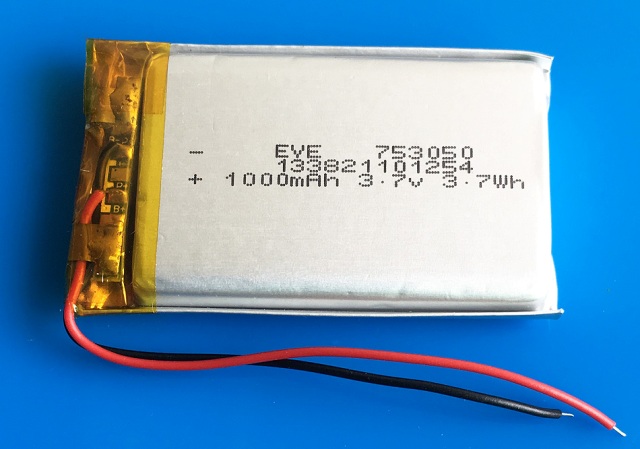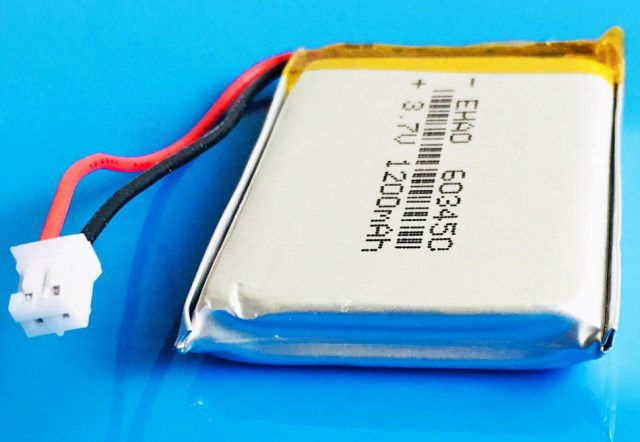Categories: Featured Articles » Interesting Facts
Number of views: 3640
Comments on the article: 0
Lithium polymer batteries
In the early 90s, when the industrial use of lithium-ion batteries was already gaining momentum, the first lithium batteries in the form of packages were developed - lithium-polymer batteries (designation “Li-Pol” or “Li-Po”).
Thus, lithium polymer batteries have become a later version lithium ion batteries. But if a liquid electrolyte is used in lithium-ion batteries, then in lithium-polymer counterparts this is already a polymer composition, in consistency it is a gel. Due to the polymer base, batteries of this type have a higher specific energy intensity than others.
It is for this reason that today lithium-polymer batteries are especially widely implemented in many mobile devices, where low weight is extremely important (gadgets, radio-controlled toys, etc.)

A typical lithium-polymer battery contains four main parts in its design: a positive electrode (anode), a negative electrode (cathode), a separator and an electrolyte. A polymer such as a microporous polyethylene or polypropylene film may act as a separator. Therefore, even if the electrolyte is practically a liquid, the polymer component in the battery is always present.
The positive electrode, in turn, can be divided into three parts: a lithium transition material (lithium cobalt oxide or lithium manganese oxide), a conductive additive, and a polymer binder - polyvinylidene fluoride. As for the negative electrode, it also contains three parts, only carbon (graphite) is present on it instead of oxides.
The principle of operation of a lithium-polymer battery, as well as the principle of operation of a lithium-ion battery, is based on the reversible incorporation (intercalation and de -calation) of lithium ions into the material of the positive and negative electrodes, while the electrolyte serves as a conductive medium for lithium ions, and a microporous separator is needed here to prevent the opposite electrodes from touching each other.
The separator, thus, eliminates the migration of particles of the electrodes themselves, passing only lithium ions. In the discharged state, the voltage between the electrodes is in the range from 2.7 to 3 volts, and in the charged state it reaches 4.2 volts (for a lithium-cobalt oxide battery). For lithium iron phosphate (a type of lithium-ion battery), these values will be different - from 1.8 to 2.0 volts in the discharged state and from 3.6 to 3.8 volts in the charged state.

For each battery, the characteristic values of the operating voltages are indicated in the documentation, in addition, each battery must be equipped with a protective circuit that does not allow the voltage to exceed the permissible range. If the cells are collected in batteries after being connected in series, then it is necessary to have a balancing controller that will keep the charge of each cell at an acceptable level.
Lithium-polymer batteries traditionally differ from conventional lithium-ion batteries in a flexible rather than a rigid frame. As a result, the cell not only turns out to be 20% lighter, but also has a huge advantage, which is the ability to produce batteries of almost any desired shape (for laptops, tablets and other mobile devices, this is extremely important). In addition, the level of self-discharge of lithium-polymer batteries is only about 5% per month.
Finally, it should be noted the number of duty cycles, which for lithium-polymer batteries reaches 900. And at discharge currents of 2C (twice the nominal capacity), the capacity of household batteries of this type decreases by only 20% over the entire life time.For special applications, with atypically large operating currents, special lithium-polymer batteries are developed that can safely transfer currents to the load an order of magnitude higher than the nominal value.
See also at i.electricianexp.com
:
